
When children’s fascination with different creatures led to them exploring the oceans, staff at Townhouse Nurseries in Alsager, Cheshire (part of Thrive Childcare and Education) decided to get some fish for them to dissect.
Ensuring children have access to exciting first-hand experiences that are linked to their current interests is an integral part of the curriculum at the setting.
‘The children love being able to get involved and being hands-on so that they can experience things for themselves,’ says early years teacher Sophie Windsor. ‘When surrounded by a language-rich environment, we find that children have the opportunity to learn new language, interact with others and share ideas.’
DIFFERENT HABITATS
The investigations started with the children learning about the different habitats that creatures live in – from forest and desert to polar regions, oceans and fresh water. Children enjoyed learning about the Great Barrier Reef on the nursery’s tilt and touch table and wanted to delve into it further.
‘We try to encourage parents to become involved in their children’s learning and hope that they will become involved with our local libraries, so we asked them to take their children to the library to look at books on the ocean,’ says Sophie. ‘We challenged them to come back to pre-school with one ocean fact that they particularly liked.’
Children returned talking about hammerhead sharks and orca whales – also known as ‘killer’ whales – with one boy sharing the fact that orcas like to eat warm-blooded creatures such as sea lions. Another child shared that seahorses are the only species where the males carry the eggs and give birth.
SCALES AND PATTERNS
Nursery practitioner Zoe Jellis wanted to dissect fish with the children to give them the opportunity to inspect the structure of their bodies and compare and contrast them with human bodies. They brought cod and sea bream into the setting for the children to look at and dissect in small groups.
Many of the children had not seen a whole fish before. ‘Zoe encouraged the children to look at the scales and patterns, she then provided opportunity for the children to touch the scales and feel the texture and describe what they felt,’ says Sophie.
The children were intrigued by the different markings on the two fish; they talked about the different types of fins, such as the dorsal fin, which they learnt protects the fish from rolling in the water, and the caudal fin, which is the tail and this propels the fish through the water and enables it to swim.
‘We looked at the similarities and differences between us and the fish – the children were interested in looking closely at the fish heart, which they were able to cut out themselves, and that, although a lot smaller, it has a similar function to our heart as it circulates blood around the body,’ says Sophie.
Children felt the scales covering the fish’s body and compared it to the skin we have. They also commented on the slippery covering which protects the fish from bacteria in the water.
The pre-school children named the different body parts and discussed why they have them. They saw that the sea bream had a black tongue and small, sharp teeth, which they learned they use for crunching up barnacles and other small shellfish. They learned that instead of having arms and legs, fish have fins which allow them to balance and move around in the water.
Children also saw that on either side of the fish’s head are gills, which they learned they have instead of lungs. They found out that these help the fish to ‘breathe’ under water by removing oxygen from the water. They also discussed the lateral line running down the length of the fish’s body, which is instead of our ears and helps the fish to detect movement and vibrations in the water.
The children used safety knives to cut off the fins and open up the fish to look inside.
‘Zoe demonstrated how to carefully cut the fish and then each child chose an area to look at more closely and use the knife to cut the fish, which also benefitted their fine motor skills,’ explains Sophie.
They were interested to see that the fish have bones like us and are also classed as ‘vertebrates’ because they have a backbone inside their bodies like we do.
TALKING ABOUT CONSERVATION
‘Pre-Covid, we would have taken the children to the supermarket to look at the fish counter. Unfortunately we were not able to do that, but we did speak about how the fish was caught in the sea using big nets and then transported to shops and markets to be sold for food,’ says Sophie.
‘We spoke to the nursery cook and she made fish pie for us to eat, which the children really enjoyed.’
Discussing creatures that live in the ocean led on to staff introducing to children how humans can adversely impact them by polluting the water. They spoke about how oil spills can harm marine life by poisoning them or damaging their fur or feathers, and talked about what happens to creatures when waste materials get into the ocean.
They shared the example of how plastic waste is having a devastating impact on sea turtles – research suggests that 52 per cent have eaten plastic waste because a floating plastic bag can look like a lot of jellyfish, algae, or other species that make up a large part of a sea turtle’s diet.
Creatures can also get tangled in waste plastic and abandoned fishing nets.
Staff spoke about how it is important to put rubbish in the bin and how recycling waste, rather than throwing it away, can benefit both land and oceans.
They talked about different materials – from plastic to paper and metal – and how they can be separated and repurposed. This led to the children undertaking an art project using recycled materials.
‘The explorations were a great experience for the children, full of awe and wonder,’ says Sophie. ‘We put photos on Facebook so that they could share the investigations with their families, and parents told us how much they spoke about what they had learned about fish at home.’
BOOK CORNER
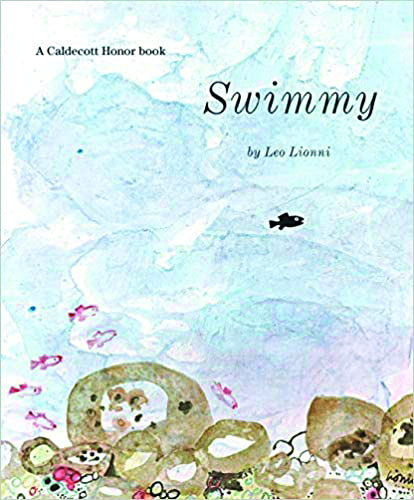 Swimmy by Leo Lionni
Swimmy by Leo Lionni
A happy school of fish live in a watery world full of wonders, but there is also danger, and the little fish are afraid to come out of hiding… until Swimmy comes along.
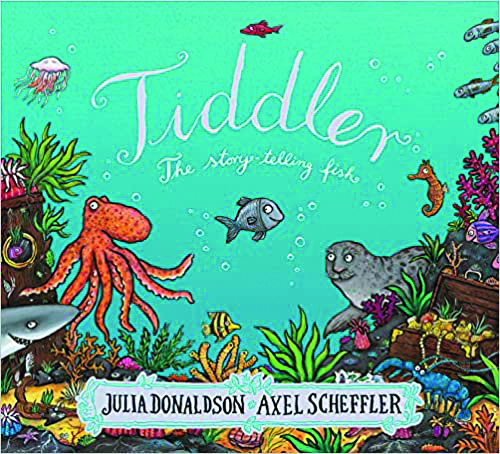 Tiddler by Julia Donaldson and Axel Scheffler
Tiddler by Julia Donaldson and Axel Scheffler
Tiddler is a little fish with a big imagination – what story will he tell next?
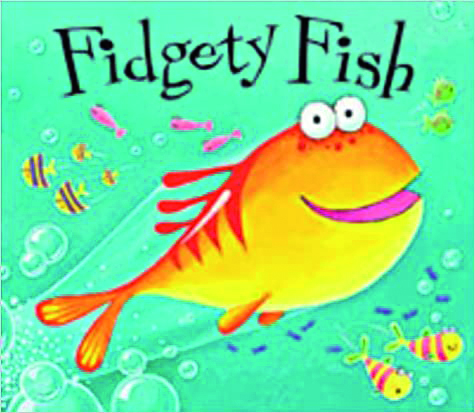 Fidgety Fish by Ruth Galloway
Fidgety Fish by Ruth Galloway
Tiddler was always fidgeting, until his mum told him to go out and swim until he was tired. So Tiddler swam out into the deep sea, where he reached a big, dark cave.
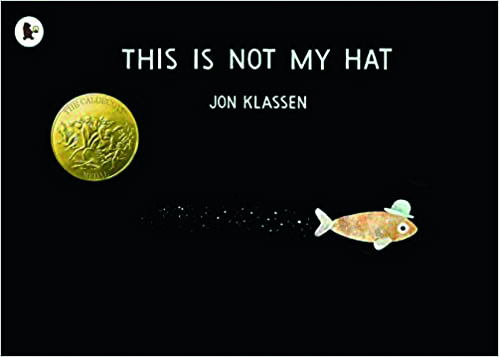 This Is Not My Hat by Jon Klassen
This Is Not My Hat by Jon Klassen
When a tiny fish shoots into view wearing a round blue top hat, trouble could be following close behind. Whose hat is it and will the real owner ever find it?
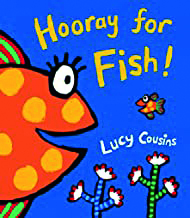 Hooray for Fish! by Lucy Cousins
Hooray for Fish! by Lucy Cousins
Swim with Little Fish and meet all his fishy friends in this amusing rhyme.
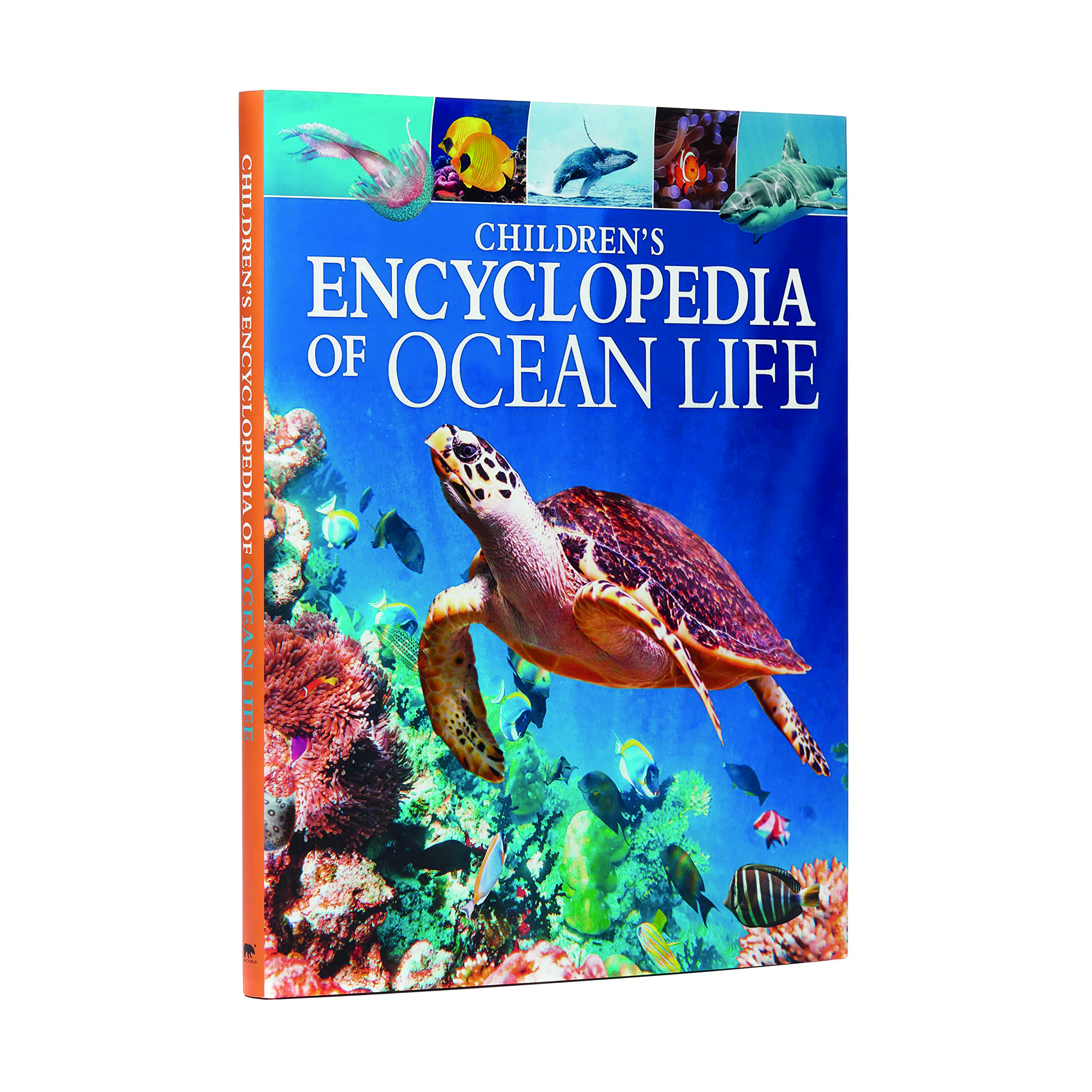 Children’s Encyclopedia of Ocean Life by Claudia Martin
Children’s Encyclopedia of Ocean Life by Claudia Martin
Full of fascinating facts and stunning sealife photography, this book covers everything from the ocean shores to deep-sea creatures.
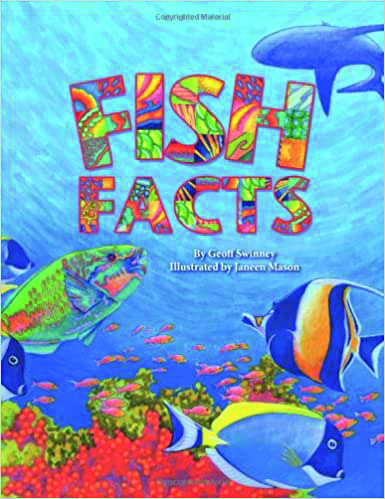 Fish Facts by Geoff Swinney
Fish Facts by Geoff Swinney
A vibrantly illustrated guide to fish of all shapes, sizes and habits. It provides all the basic information on classes, orders and genera of fish, as well as breeding and feeding habits.









